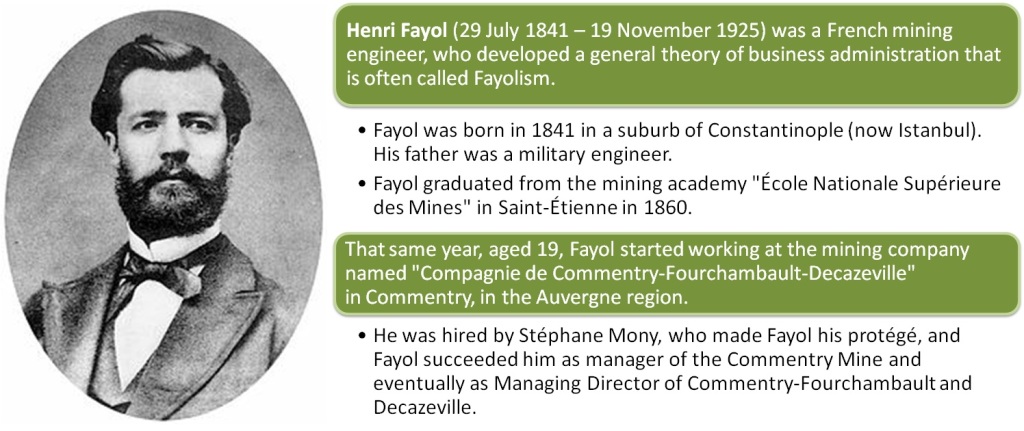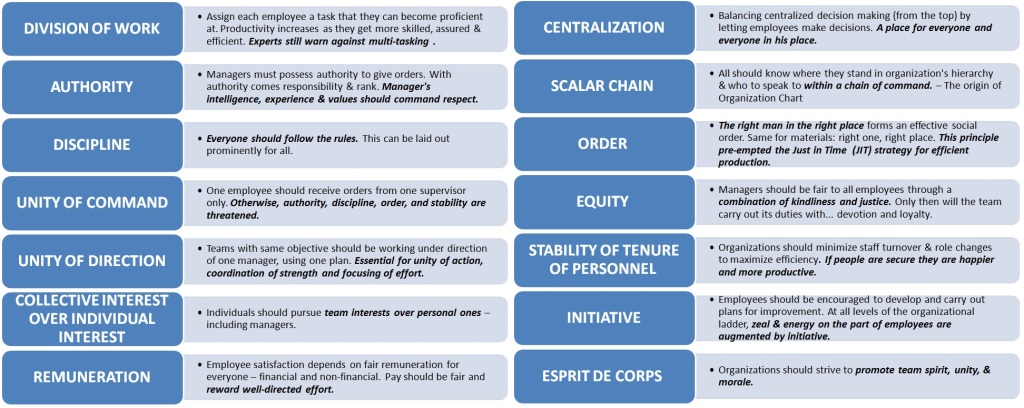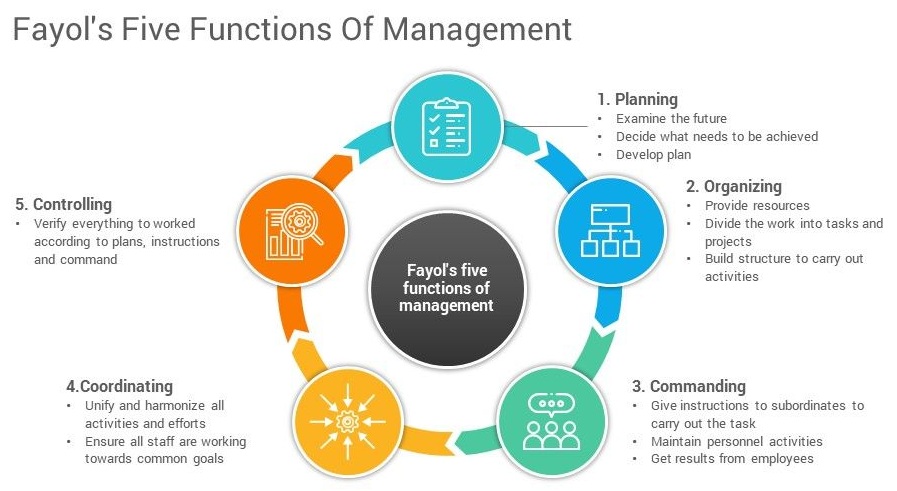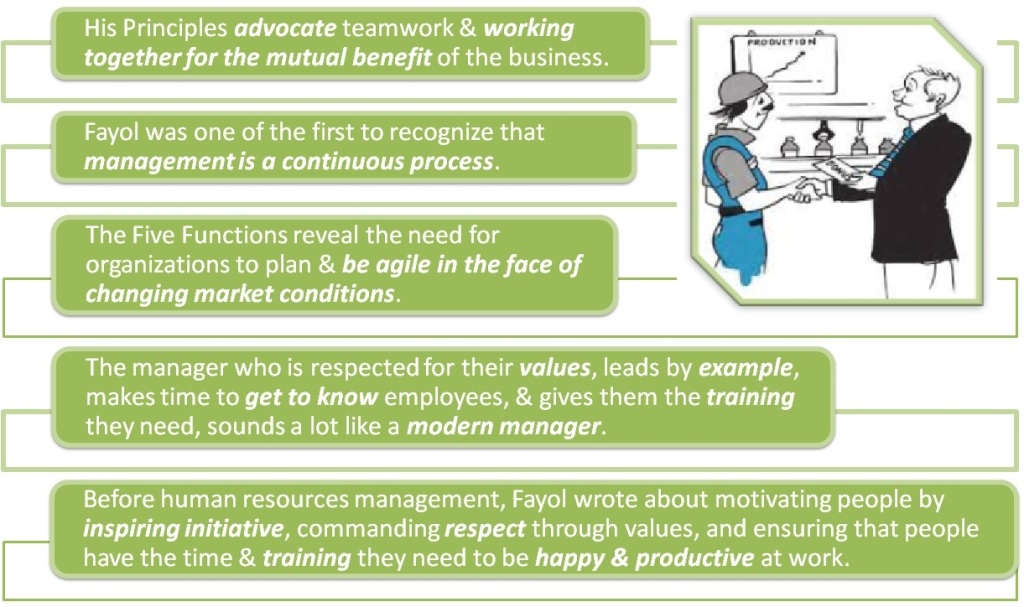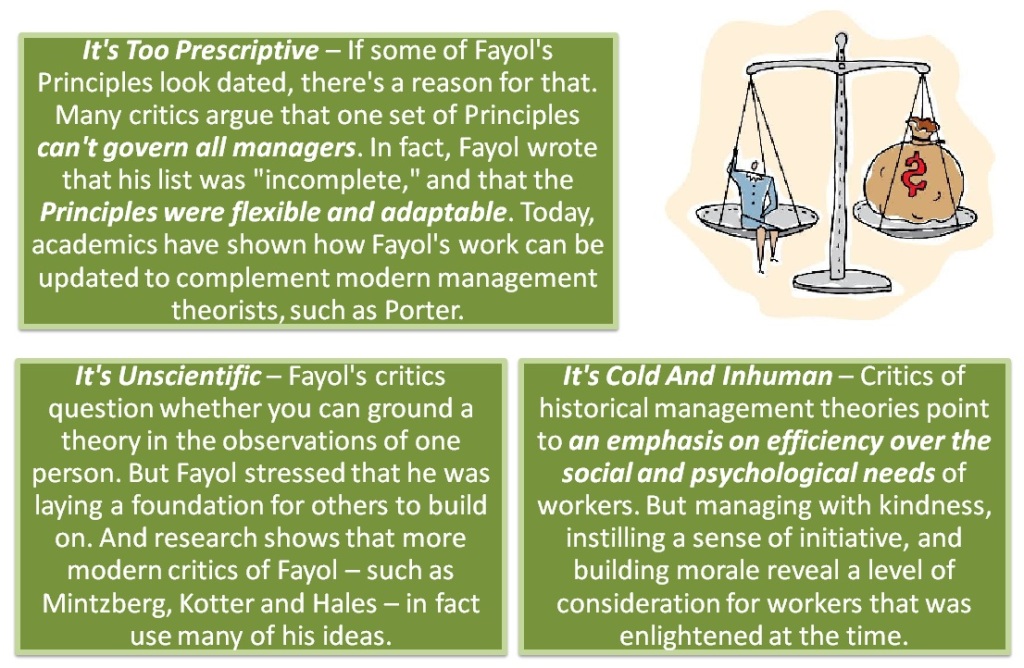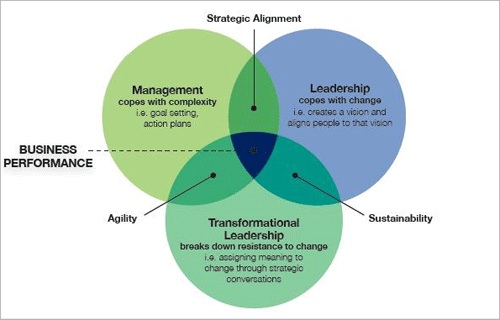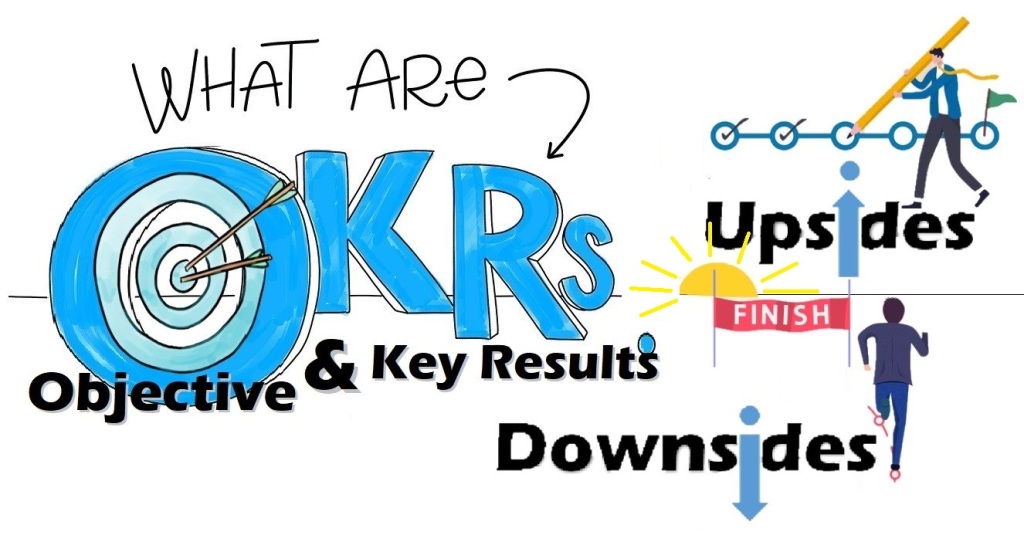
We often wonder how successful companies continue to navigate and grow and know exactly what direction to go. The trick seems to be an almost irresponsibly aggressive approach to growing key objectives with a talented group of people. OKR is an acronym for Objectives and Key Results — a framework for visioning and setting goals within an organization that was popularized by Google.
Today, OKR is used at a seemingly broad variety of companies, from larger established firms like Anheuser-Busch and Deloitte to younger tech companies like Eventbrite and Twitter. Therefore, what are OKRs and how do they work, and — most importantly — do they work. Many leaders ask how they can align their team to the vision and set goals within their team.
What is OKR?
OKR is a goal-setting methodology originally developed by Andy Grove, former CEO and Chairman of Intel. In his book, High Output Management, he describes OKRs as being the answer to two questions:
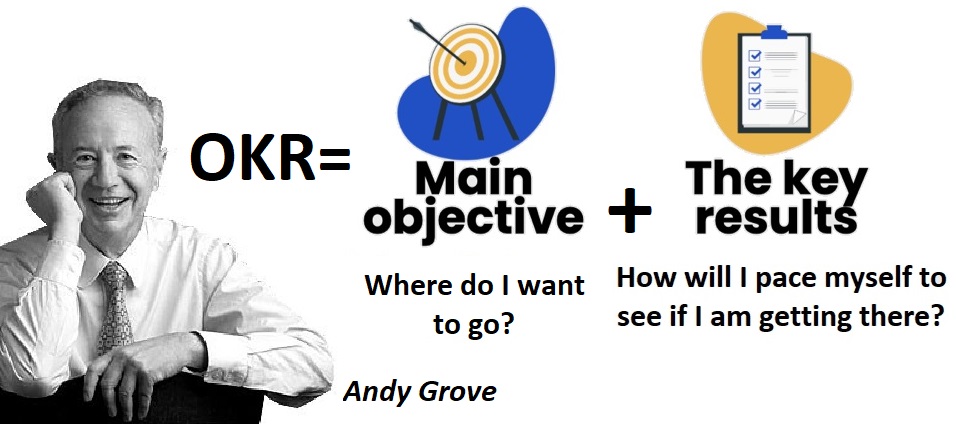
We can expand the definitions of each part of the OKR to something like:
Objectives: Memorable, qualitative descriptions of what needs to be accomplished in a given timeframe. They may be ambitious and feel somewhat uncomfortable. They may also be short, inspirational, and public so everyone knows what everyone else is working on.
Key Results: A set of 2–5 metrics that measure progress towards the Objective. The focus must be on an outcome, not an activity (shouldn’t include words like “help”, “consult”, or “analyse”).
John Doerr, who learned OKR from Andy Grove while at Intel, was the one to teach and instil OKR at Google. He explains that the objective can be broad, aggressive, and even inspirational. But for the key results, the more specific, measurable, and verifiable, the better. Doerr recommends setting a limit of three to five OKRs per cycle, and that each objective should be tied to five or fewer key results.
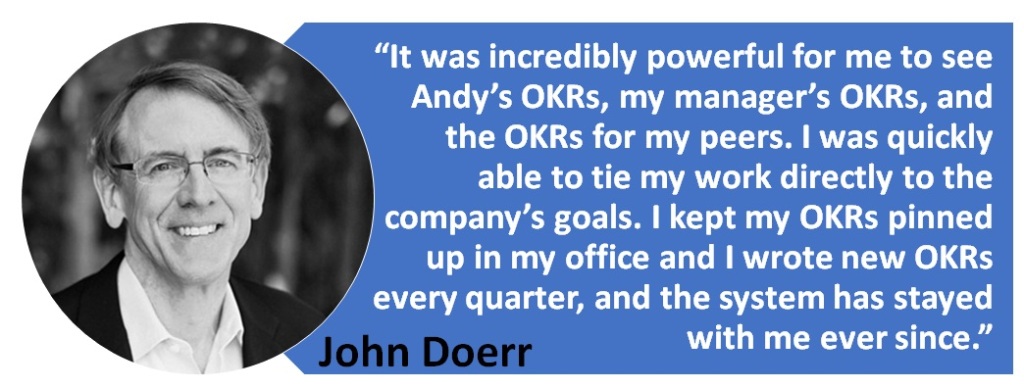
OKR – An Example
Let’s say our business relies on giving a better customer experience than our competitors. So, our quarterly objective may be – to create an awesome customer experience. But how do we know if we are succeeding in doing this? What form of measurement shows we are creating an “awesome” customer experience?
Net Promoter Score (a tool that measures what people think of the brand) and customer churn rate (how many customers we are losing a month) may be some metrics. A great experience would mean people both say nice things about us and staying or coming back. By saying we want to improve our NPS score and lower churn, it sounds like we are willing to do whatever it takes to make our customers happy. But to run a sustainable business, we need to keep costs under control. Which is why we may add a third Key Result around cost as a countermeasure. Therefore, the sample OKR may be:
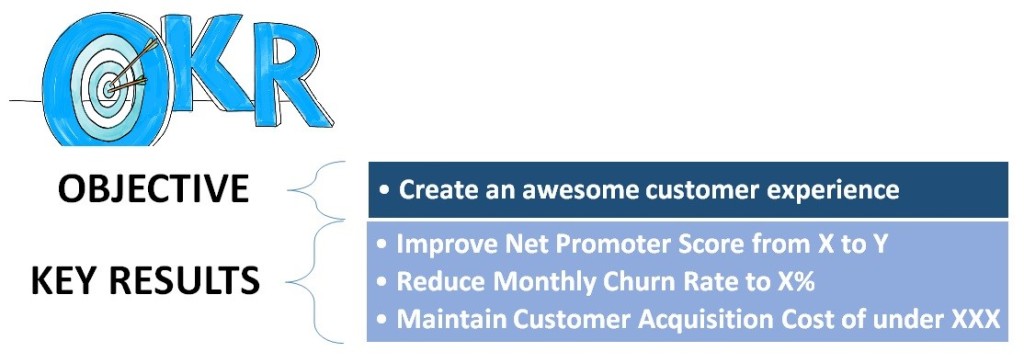
Example — YouTube
Suppose the goal is to increase the total usage time of Google products. The tricky part is finding the right metrics in which to progress. Understanding the business is key in being able to identify key growth nuances and folding those nuances into company objectives. Similar to Facebook, YouTube wants viewership, measured in minutes, to go up, because a fixed percentage of that viewership are advertisements. So as total time goes up, so do revenues.
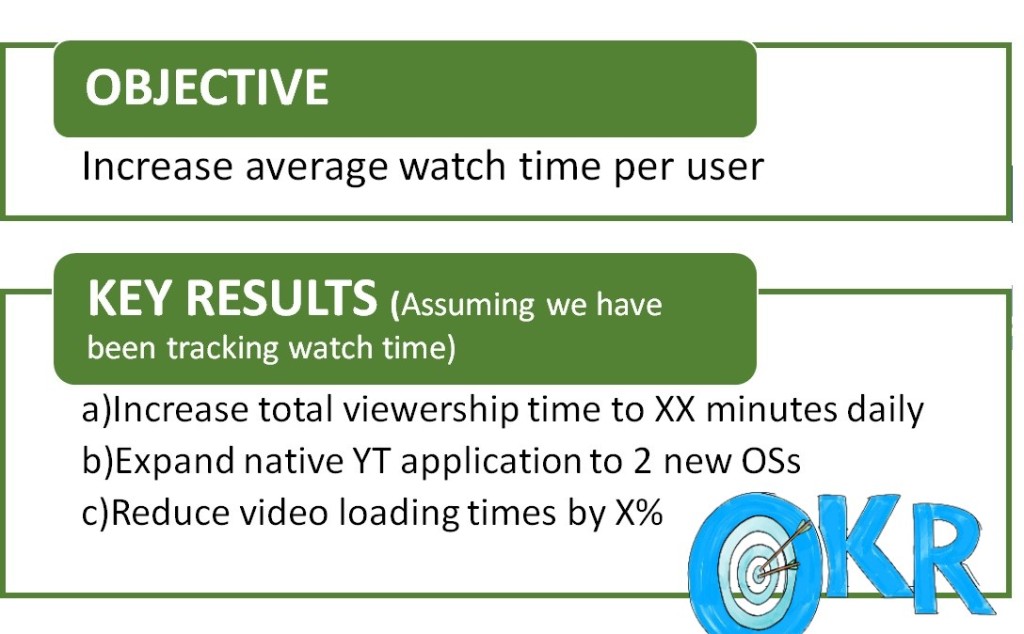
In this case the Key Results may reveal part of the strategy to increase watch time. The first key result sets a numerical goal to hit for the objective. Having this number is crucial (and theoretically could be included in the objective itself) to score the outcome of this objective. Other examples of OKRs:
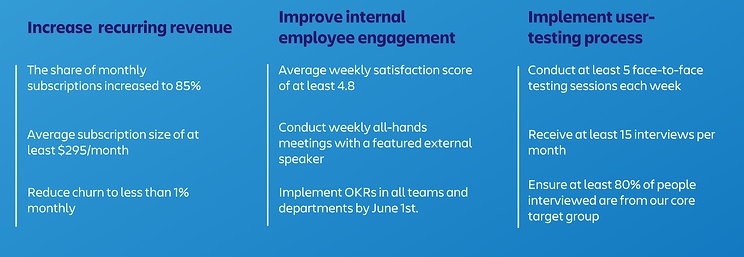
Why use OKRs?
At first brush, the appeal of OKR is obvious. It simplifies everything. By calling out objectives, you help your team identify and zero in on what matters most. With the key results, you create measurable benchmarks that help clarify what tangibly needs to happen, and likely hold folks accountable for those outcomes. And lastly, it’s probable that OKRs promote alignment and transparency across the team since everyone knows what each others’ OKRs would be.
Making OKRs Effective
There are nuances around how effective OKRs are in practice. John Doerr himself admitted that “goal setting isn’t bulletproof” and OKRs should not be blindly nor rigidly adopted. Some learnings from those who have used OKRS are:
Know why we are implementing them:- . . . For OKR to work, we have to have a deeper “why” for how OKRs might help you achieve that performance.
Focus on Crafting of Effective OKRs:- . . .
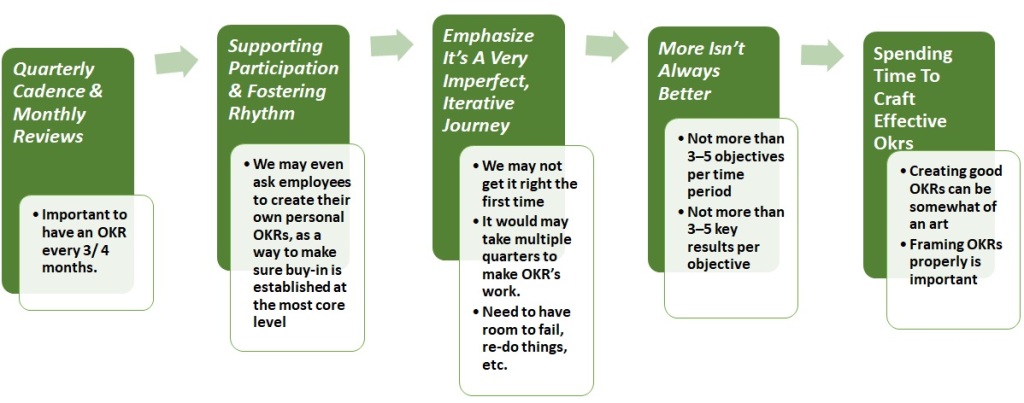
Separate OKRs from compensation — and try hard to separate it from performance reviews:- . . . Tying OKRs to compensation can cause employees to purposefully set lower goals in order to achieve them. Combining performance reviews with OKRs can be counterproductive since someone’s past performance is emphasised more than the binary result of whether the goal was achieved. This can be a challenge to achieve in practice.
Someone who hits their OKRs is going to look better than someone who totally fails to hit them. As a result, it’s important to consider the unintended negative consequences OKRs might have on your team’s performance.
Challenges of OKRs
Missing the big picture:- . . . When goals are too specific people can focus attention so narrowly that they overlook other important features of a task. For example, new ideas or feedback that are brought forward can often be ignored or seen as irrelevant, when in fact they are salient to the task at hand.
Optimizing for short-term, over long-term :- . . . Sometimes the narrowness of goals can come at a cost. It is easy to react to immediate outcomes and focus myopically on short-term gains and to lose sight of the potentially devastating long-term effects on the organization.
Dilution of focus:- . . . Research has shown that individuals are prone to focus only on one goal at a time. As a result, the OKR framework which recommends 3–5 objectives at a time, may prove to be distracting, since multiple goals are being pursued.
Shifting risk attitudes :- . . . Studies show how goals tend to increase risky behaviour. Depending on what domain we are in, this could be positive — but if we are in a negotiation situation, a higher propensity for risk can harm negotiation performance.

Promoting unethical behaviour: – . . . Goal setting can encourage cheating behaviour. For instance, one study found that “participants were more likely to misrepresent their performance level when they had a specific, challenging goal than when they did not.
Harmful to learning, cooperation, and intrinsic motivation:- . . . Goals can detract from our ability to learn and cooperate, as well as, our intrinsic motivation to do a task well. Narrow goals can inspire performance but prevent learning. Goals can foster a culture of competition that can be adverse to an organization.
Motives for Collapse of OKRs (Managerial Perspective)
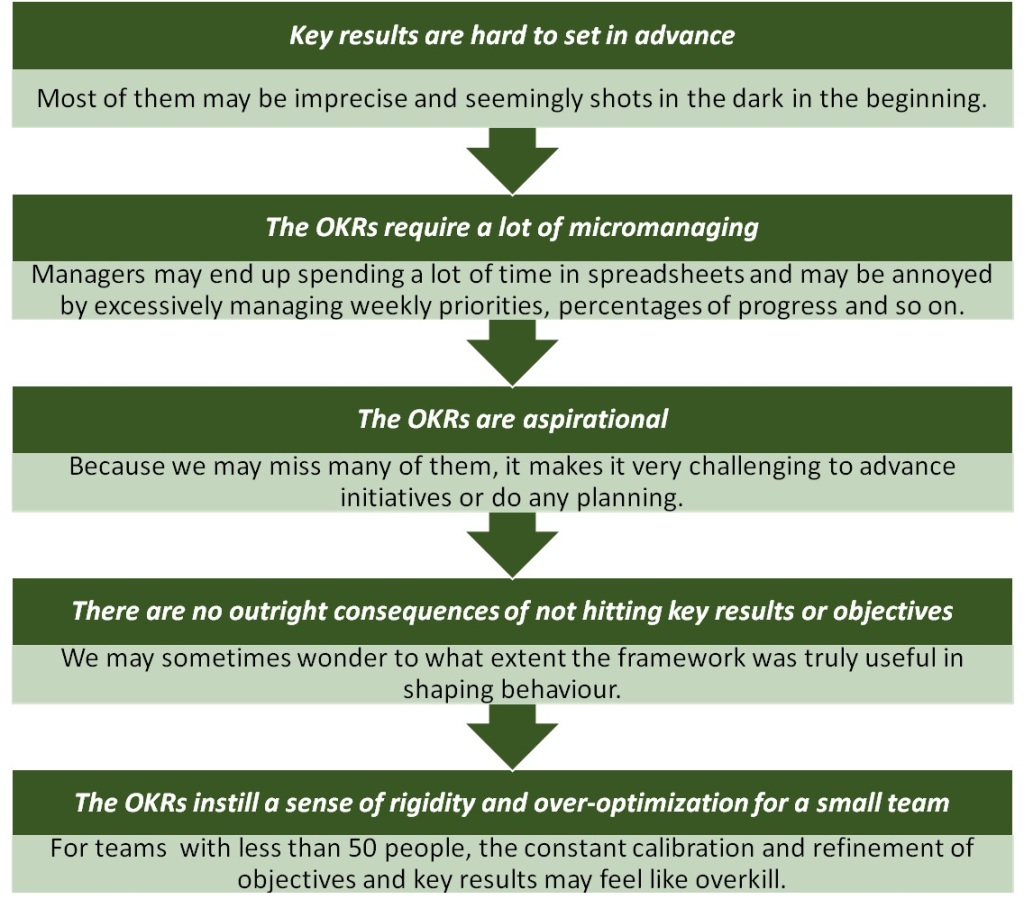
Smaller teams and organizations tend to have faster rates of change, and so for them, it felt like more work to manage the framework to stay nimble as a team, than to simply execute on the work itself.
Concluding thoughts
The most salient feature of an OKR is the thinking it produces, i.e., focus on what matters most, and think about clearly how we know if we are going to get there. Whether that’s through the precise OKR framework — or not — is less important. Articulating a vision of the future is important, and providing support and guidance for what progress looks like is what matters.
The research is persuasive: Goals can do more harm than good, especially if overprescribed. At the same time, there is plenty of research that also shows the power of well-defined, thoughtfully instituted goals. More so, it is enlightening to know the range of negative consequences so that leaders can consider (a) if a goal-setting framework like OKR would work in our own team and (b) how in general to think about setting goals productively in our team.

Content Curated By: Dr Shoury Kuttappa



